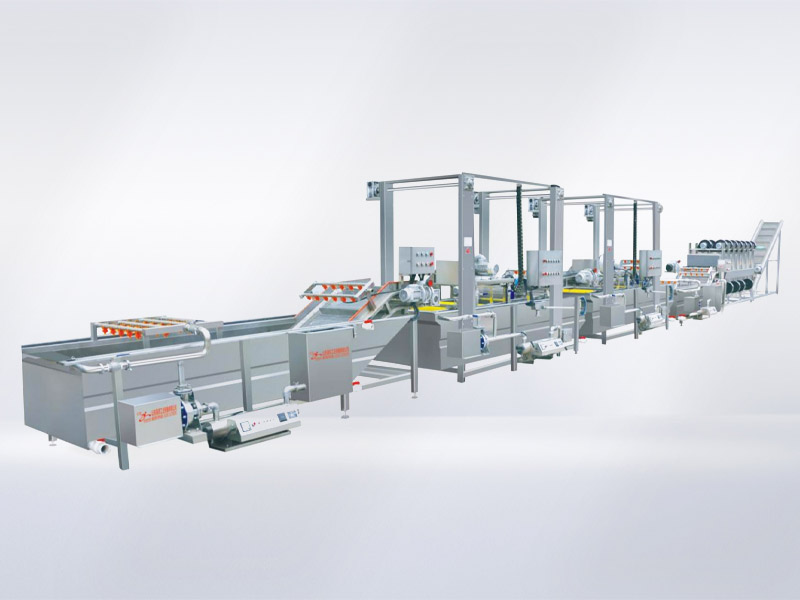
Dehydrated Vegetable Dryer
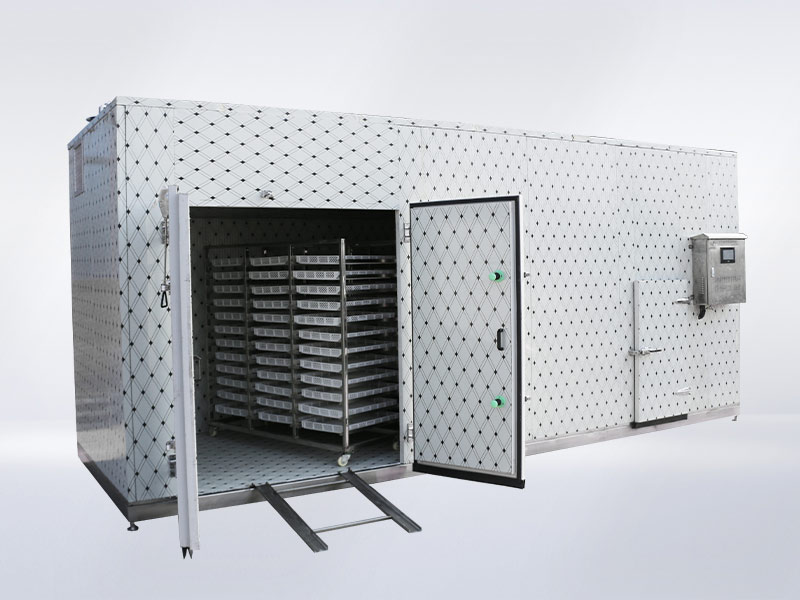
Dehydrated vegetables, also known as rehydrated vegetables, are a type of dried vegetable made by washing, drying, and processing fresh vegetables to remove most of the water from the vegetables. The original color and nutritional content of vegetables remain basically unchanged. Dehydrated vegetables are easy to store and transport, and can effectively regulate the seasons of vegetable production. Compared to other fresh vegetables, dehydrated vegetables have the characteristics of small size, light weight, easy recovery when soaked in water, and convenient transportation and consumption.
The air source heat pump dryer has the characteristics of energy conservation and environmental protection, low energy consumption, intelligent control of temperature and humidity, no manual operation throughout the process, time-saving and labor-saving, not affected by seasons and weather, continuous and uninterrupted production, etc. It maximizes the preservation of the original flavor, color and nutrition of vegetables, making the dried products have good color and complete nutrition retention, delicious taste and fresh color when consumed, achieving high automation, closed operation, large adjustable range, and wide adaptability to product range. It is an ideal choice for dehydrated vegetable drying equipment.
Reference for air dehydrated vegetable drying process:
1. The selection of raw materials should choose vegetable varieties with rich meat quality. Before dehydration, the best and worst should be strictly selected, and the parts with pests, diseases, rot, and shrinkage should be removed. It is advisable to reach 80% maturity, and over ripe or unripe vegetables should also be picked out. Except for melons, which have their seeds removed, other types of vegetables can be washed clean with water and then dried in a cool place, but should not be exposed to sunlight
2. Cutting and blanching will cut the cleaned raw materials into pieces, threads, strips, and other shapes according to product requirements. During pre cooking, the ingredients may vary. For those that are easy to fully boil, blanch them in boiling water. For those that are difficult to fully boil, blanch them in boiling water (usually above 150 ℃) for a while. The blanching time is usually 2-4 minutes. Leafy vegetables * * do not undergo blanching treatment
3. Vegetables that have been cooled and drained before boiling should be immediately cooled to quickly cool them to room temperature. After cooling, in order to shorten the drying time, a centrifuge can be used to shake water, or a simple manual method can be used to press and drain. After the water is drained, it can be spread out and slightly cooled for baking on a plate.
4. When drying, different temperatures, times, colors, and moisture content during drying should be determined according to different varieties. Drying is carried out in the drying room. The vegetables are evenly spread in the drying tray, then placed on the drying rack and pushed into the air source heat pump drying room. The temperature in the drying room is maintained at around 50 ℃, and the general drying time is about 5 hours
5. After inspection and packaging, dehydrated vegetables that meet the requirements of the Food Hygiene Law can be packaged in plastic bags, sealed and boxed, and then put on the market.
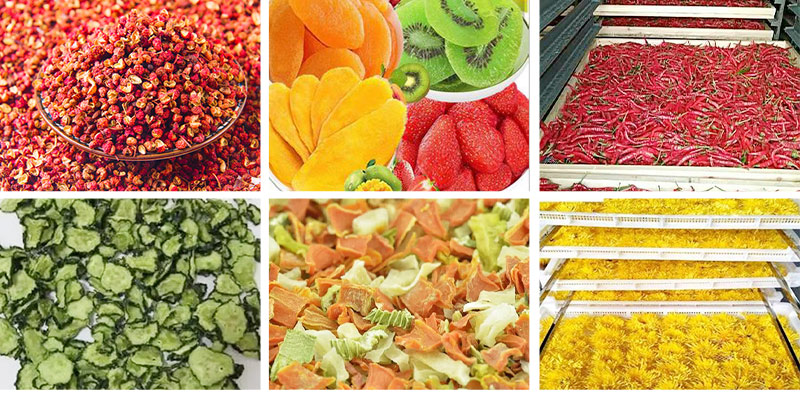

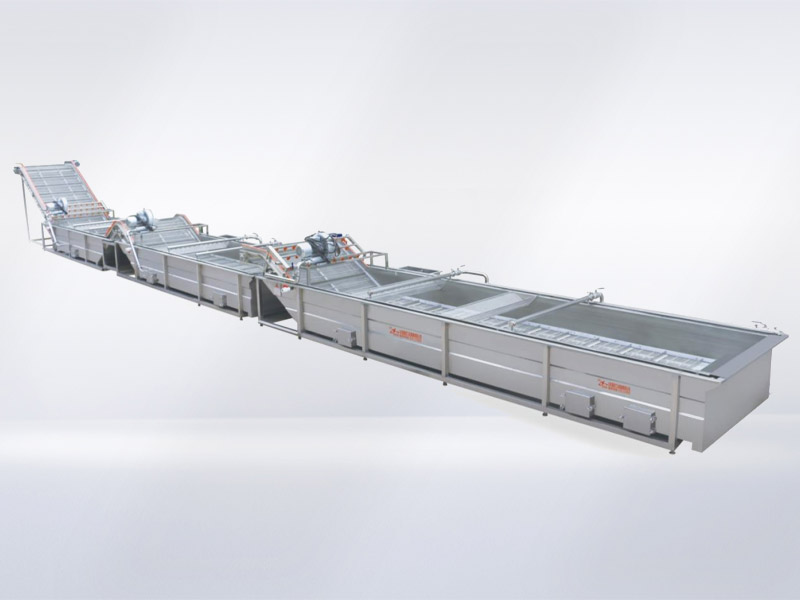
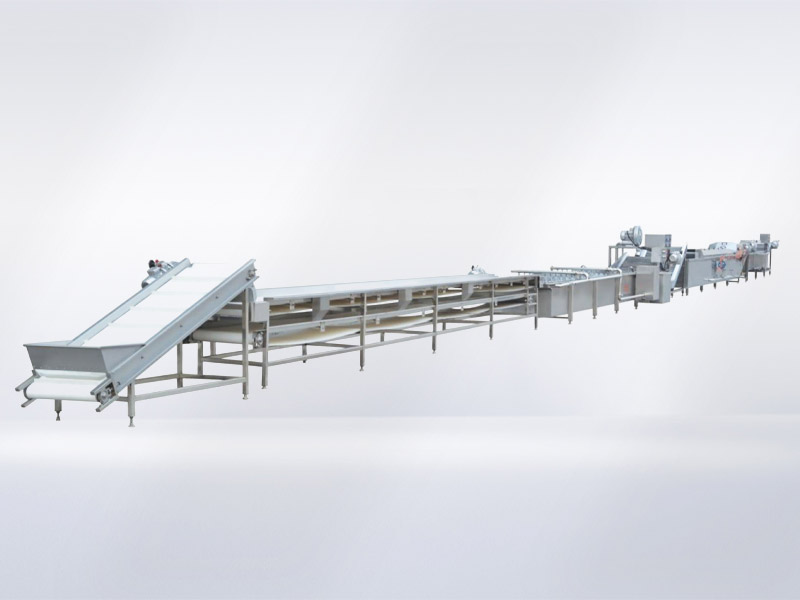
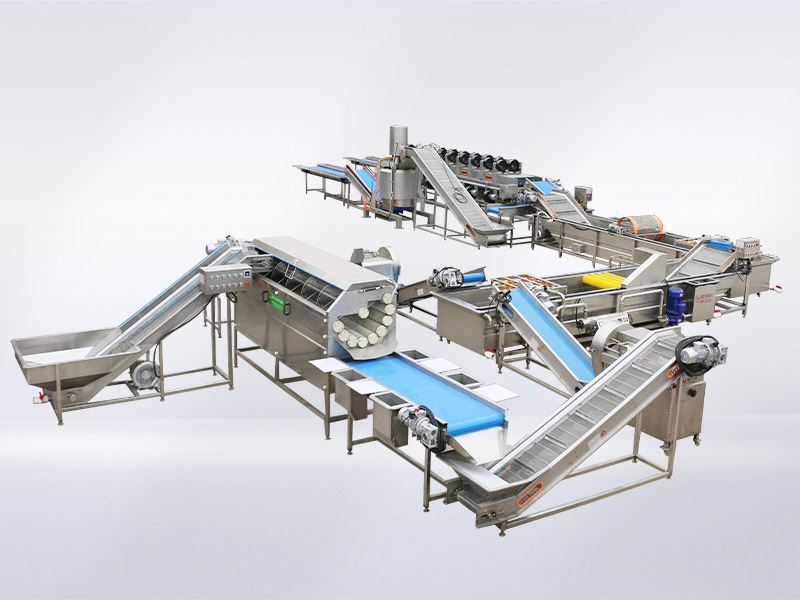


Leave a reply